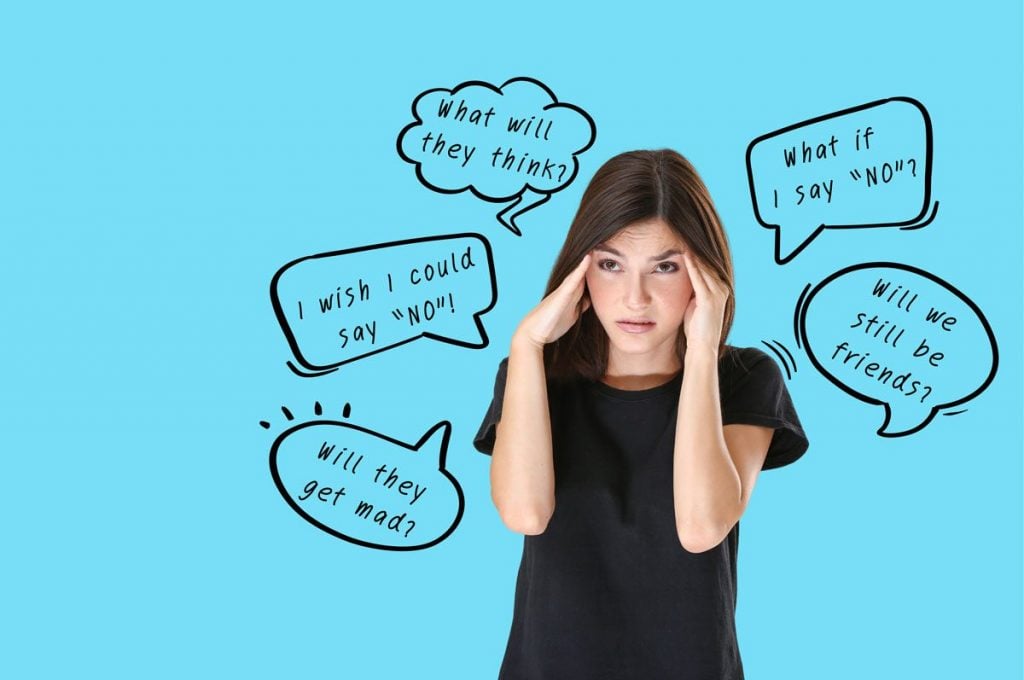UNDERSTANDING PTSD:THE FAWN RESPONSE

Most people know about the fight, flight and freeze trauma responses many don’t know about the fawn response, where people-pleasing is used to avoid conflict and feel more secure, by mirroring the perceived expectations of others. This trauma response often originates from early trauma and pain, and gradually disempowers the individual, creating a vicious cycle.
FEELING UNSEEN BY OTHERS
• focused on making those around you feel comfortable to avoid conflict
• prone to toxic relationships
• feel unseen by others because you don’t show your true self, therefore feel misunderstood
DIFFICULTY SAYING “NO”
• often feel overstretched due to the eagerness to please everyone else and the inability to say no
EMOTIONAL VERBAL DIARRHOEA
• unloading emotions out of nowhere due to holding them in for too long to keep others happy
• unloading emotions onto a stranger who we may never see again feels safer than risking upsetting someone we care about
FEELING GUILTY WHEN ANGRY
• making excuses for other people’s bad behaviour, meaning that we then blame ourselves
• feel you can’t become angry with others because that may upset them, so when you do get angry, with others or with yourself, you often then feel guilty
FEELING RESPONSIBLE FOR OTHER PEOPLE’S ACTIONS
• sometimes its easier to let others make decisions so that you don’t make the wrong choice
• we try to anticipate what will make someone happy because we feel responsible for their disappointment if things go wrong
COMPROMISING YOUR OWN VALUES
• it’s one thing to be able to compromise, easy to get along with, but another to validate ideas that you don’t agree with or avoid stating your own preference for things
SOCIAL DISSOCIATION
• by shutting ourselves down emotionally and repressing our own feelings it becomes easier to adapt to the emotions of others
• dissociation can be exhibited by daydreaming or withdrawing when we feel overwhelmed in social situations
